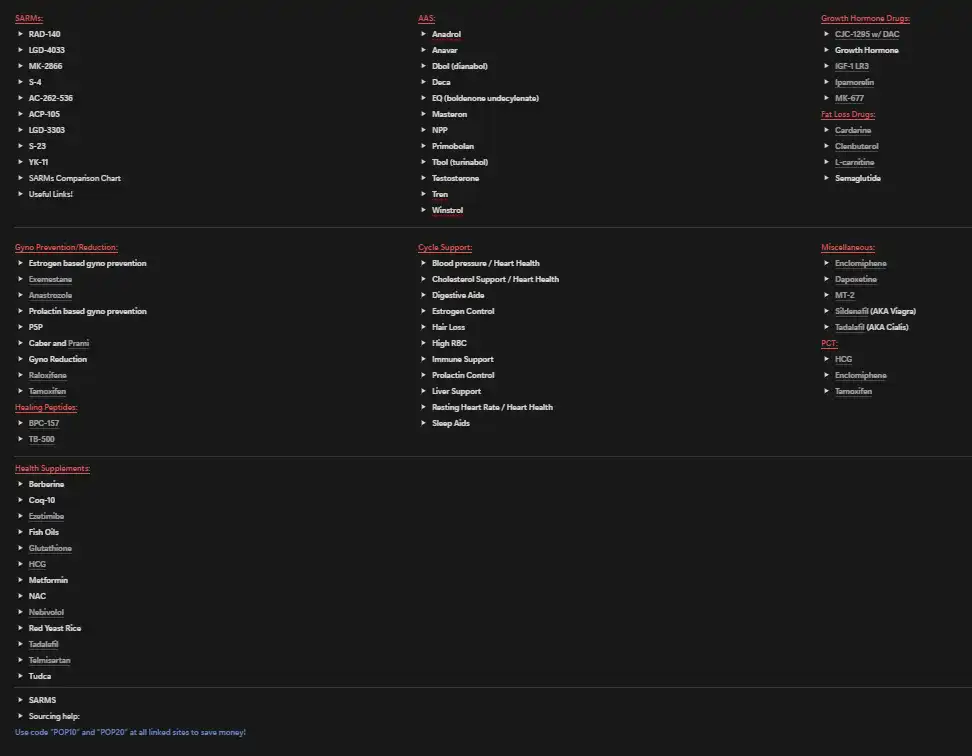Hormone Replacement Therapy, specifically Testosterone Replacement Therapy (TRT), is the most commonly used method for managing hypogonadism in men. When administered correctly, TRT is highly effective, safe, and can significantly enhance overall quality of life.
That said, it isn’t without its drawbacks. This has led both researchers and independent enthusiasts to investigate the potential of alternative compounds that could serve as substitutes for traditional TRT.
In this article, I will delve into Trestolone also known as MENT as one of these alternative options, discussing it’s advantages and disadvantages compared to standard TRT. I will also share my perspective on whether it’s are practical for long-term treatment of hypogonadism.
Trestolone (aka MENT) is also used as a TRT alternative. Unlike Nandrolone as a TRT alternative, MENT is estrogenic and androgenic enough to provide sufficient energy, libido, sexual function and motivation for one to feel good and have a good quality of life while on it.
It also appears to be less prone to causing hair loss and prostate growth than Testosterone. However, the biggest benefit of using MENT over Testosterone for HRT purposes is that MENT makes people feel REALLY good, happy & positive most of the time (way more so than Testosterone does).
Unfortunately, MENT also increases prolactin, and it is so estrogenic that it almost always requires the use of an aromatase inhibitor (even at low “HRT doses”), which is bad for the heart.
Furthermore, MENT is also extremely bad for fertility, so men who want to have children in the future would have a hard time impregnating their woman if they have been using MENT as HRT for a while.
While I do not think long-term Trestolone use as a TRT alternative is feasible, I do think it’s a much better option than Nandrolone.
premium resources

Everything you would ever want or need to know about SARMs to use and recover from them. Also includes other research chemicals.

An all-in-one guide that will teach you how each of the peptides works, how you can use them and find the perfect one (or stack) to reach your goals.

Wish there was ONE comprehensive, easy-to-read guide to get you fully informed on the safe and effective use of anabolic steroids?

Improve penile function, get harder fuller and longer-lasting erections, increase stamina in bed and last longer, go more rounds. All the good stuff.

A summary of everything you NEED to know about using PHs as safely as possible, supplements to stay as healthy as possible during cycles and how to recover (PCT).

A document I originally made for my clients. A neat map to the sphere of PEDs and supplements.
You'll receive the link and a once-a-week PED-related article in your inbox upon subscribing.
A special gift to all my email subscribers. The PED Dictionary is a DOC designed to help you navigate the world of enhanced bodybuilding. A game changer for beginners that want to learn more but don't know where to start, and a must-have handbook for even the most advanced enhanced researchers.